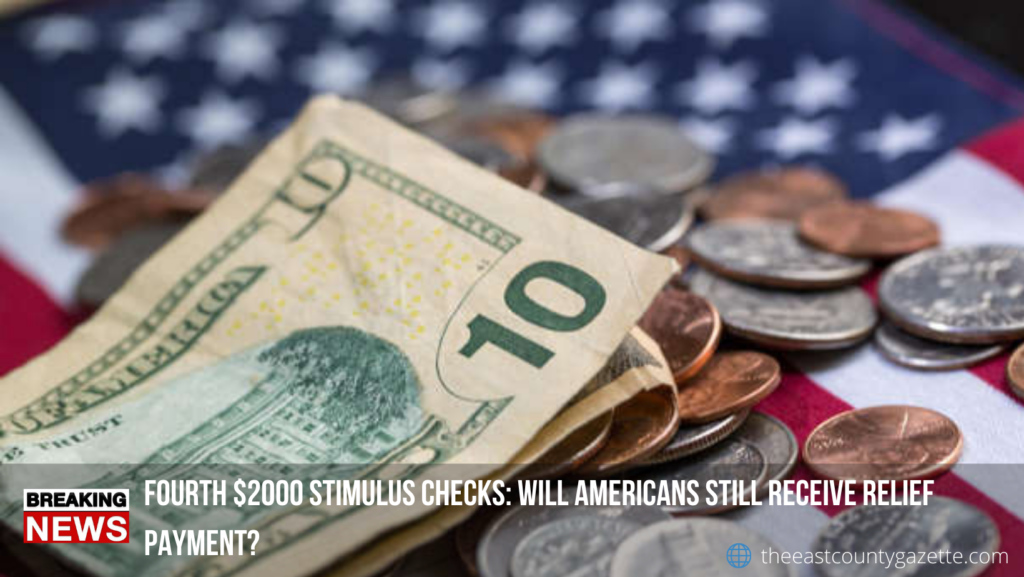Families have received much-needed financial assistance throughout the pandemic, from stimulus checks to advance child tax credit payments.
Last week, millions of families received their third child tax credit check for up to $300 per child. And about 2 million more California residents received their second round of Golden State Stimulus checks for $600 (or up to $1,100) on Sept. 17.
Calls are growing louder for a fourth $2000 stimulus check. As widespread financial insecurity and the surge in delta variant cases continue on, there’s plenty of support across the US for more direct relief — one petition calling for $2,000 recurring checks has collected over 2.89 million signatures.
Yet Congress has not authorized another stimulus check this year and isn’t planning to. Lawmakers are focused on the $1 trillion infrastructure bill and the $3.5 trillion federal budget package.
“These payments help keep families out of poverty, but they also act as an economic stimulus by increasing spending and supporting jobs,” a letter from Democrats to House and Senate leadership read. “Now is the time for boldness.”
Recommended Read: Unemployment Benefits: Will AOC Be Able to Extend It Until 2022?
While a fourth stimulus payment is off the table, some households could qualify for an additional stimulus check for up to $1,400 if they’ve had a baby or adopted this year — though the money won’t arrive until 2022.
Other aid from the IRS includes supplemental “plus-up” payments for owed stimulus amounts, as well as tax refunds on 2020 unemployment compensation.
Researchers have found that the first three stimulus checks helped reduce hardships like food insufficiency and financial instability. So far, during the pandemic, eligible adults have received a max of $3,200 and children have received up to $2,500. For struggling families, that’s not enough to bounce back from lost wages and benefits.
What stimulus money has Congress approved?
Child tax credit payments for families: A temporary expansion of the child tax credit for 2021 sends qualifying families up to $3,600 for each child — you can calculate your total here. The advance partial payments of up to $300 per dependent, which began this summer, are issued monthly (the next one comes on Oct. 15) through the end of the year, with final payment in 2022.
Additional federal stimulus money: The third stimulus payments of up to $1,400 are still going out in batches to those who are eligible through the end of 2021.
The IRS is also sending out “plus-up” payments, which is extra money making up the difference between the stimulus amount you already received (based on your 2019 return) and the amount you’re eligible to receive (based on your updated 2020 return).
Also, if an individual in your family becomes a dependent in 2021, such as a newborn or foster child, they could also be eligible for a $1,400 payment.
According to the tax agency, for any new qualifying dependents to receive the third payment you’d have to claim a Recovery Rebate Credit on your 2021 tax return that you’ll file in 2022.
Bonus payments to educators: As part of the American Rescue Plan, state and local governments received $350 billion in assistance.
Much of that aid will go to schools, with some states deciding to pay their teachers and other school staff a “thank you” bonus of up to $1,000.
The states participating are Georgia, Florida, Tennessee, Colorado, Texas, and California. It’s likely other states will approve similar funds in the future, as they have until 2024 to spend the funds.

